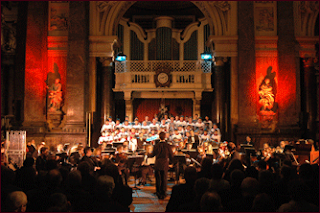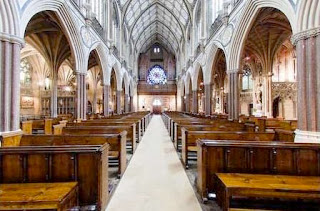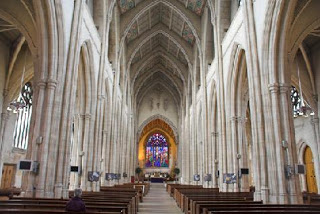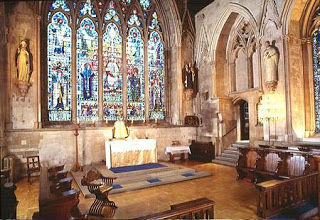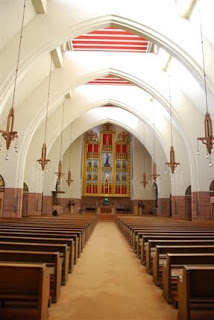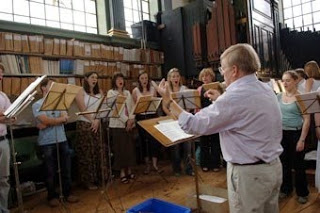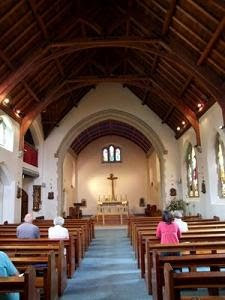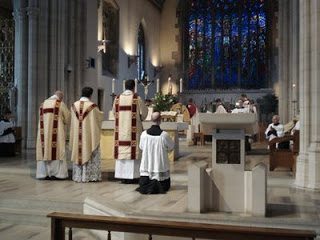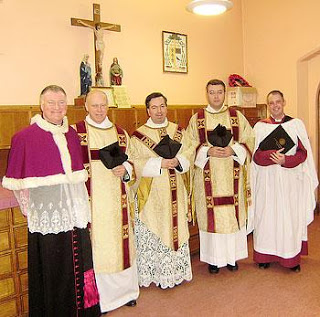A highly respected ethnomusicologist I had the pleasure of speaking to recently feels sad for her nieces and nephews in her native Nigeria. They have little knowledge, much less awareness, of the long musical tradition that is indigenous to their culture. Like most teenagers, they are quick with computers and all things digital, and listen to the same music other teenagers around the world are listening to. They can take cell phones apart and put them together within a matter of minutes.
But what they can’t do, she reports, is beat out even the simplest rhythms on a drum. This is a music that is unique to Nigerian culture and to a Nigerian understanding of the world. They haven’t been taught.
Readers here are sure to understand her point of view. Advances of the 21st century have made ancient sounds and customs obsolete in more spheres than we’d like to acknowledge. In fact, they’ve become downright irrelevant in many cases.
You can order anything you want from Amazon at any time of day, or manage your bank account and speak to a business colleague halfway across the world and across time zones in the comfort and convenience of your own home. You don’t need your ancestors to tell you how.
If you do pay attention to the sound of a drum, it is probably not because you have a vested interest in what the drum means to any particular culture, let alone your own. It’s probably because it provides the kick and pulse for the gazillion popular selections cranked out on Itunes. With downloads ranging from $1 to $3 a piece, it doesn’t take a lot of time, money, training or sage advice to get what you want and fill a void – right now.
I will not deny that disseminating information so quickly and comprehensively to all citizens of the world is quite simply an amazing thing. It is for the betterment and material advancement of all. It’s progress. The future we dreamed about as children is here – we can do what George Jetson did (with the exception of darting about the universe in a hover craft) and much, much more.
But has fantastic and easy access to all things blinded us to something even more essential and amazing? Namely, the unique traditions that make world cultures and traditions what they are: practices and rituals that define cultures and illuminate truths about life on heaven and earth?
Our young man in Nigeria can control his environment and hear what he wants to hear, see what he wants to see, and know what he chooses to know—almost instantly. He can create his own culture. One that is personalized and tailor-made for comfort and survival in an advancing society. He’d be the top-paid engineer at Spacely Sprockets, to be sure.
Yet we suspect that the life he creates for himself will not be tenable unless he is willing to acknowledge the lives, dreams, suffering, and rituals of his ancestors as they tried to understand their place in the universe. He might even be so blasé about the amenities and ease of modern life that he is not sure why he would want to.
Is he so different from American Catholics today? Are Catholic teens texting their friends the minute they leave Mass because it is the best use of their time? Does it bring them more gratification, immediate or real, than the Mass they just attended?
This of course begs larger questions. How many teens in this country have the opportunity to go to Mass and listen to the pulse of a solemnly sung Introit? How many Mass goers of any age have the chance to listen to the words of the Gospel with ears and hearts primed by a melismatic Alleluia?
How many have learned through repetition of ancient ritual — timeless words, melodies, and movements— that Christ is truly present in the Eucharist? Have they been taught?
If our esteem of ritual is not measured by lessons learned from ancient tradition and its organic development, who is to say that our Catholic belief system won’t be dismantled altogether? It might become as obsolete as the beat of Nigerian drums.


